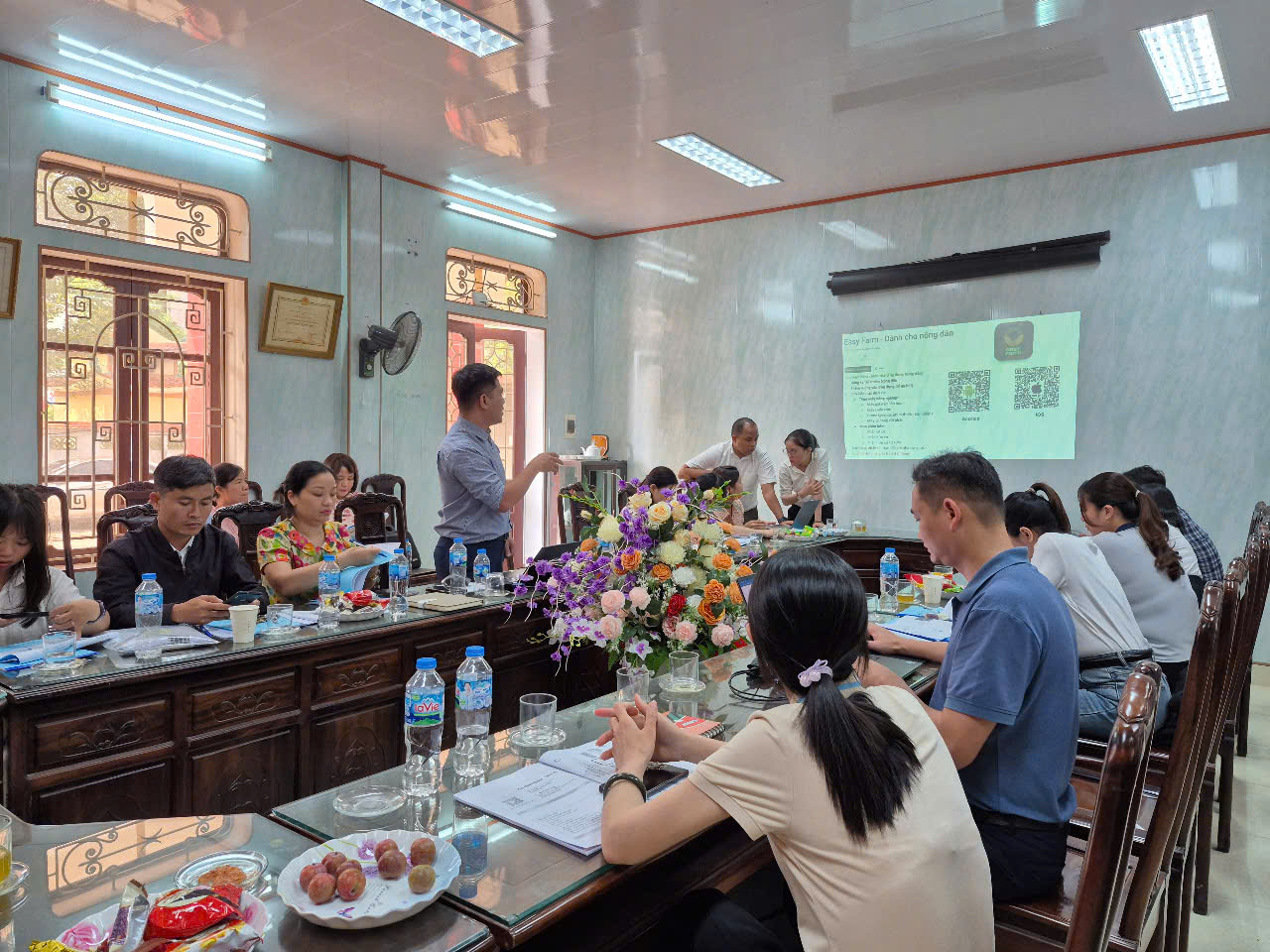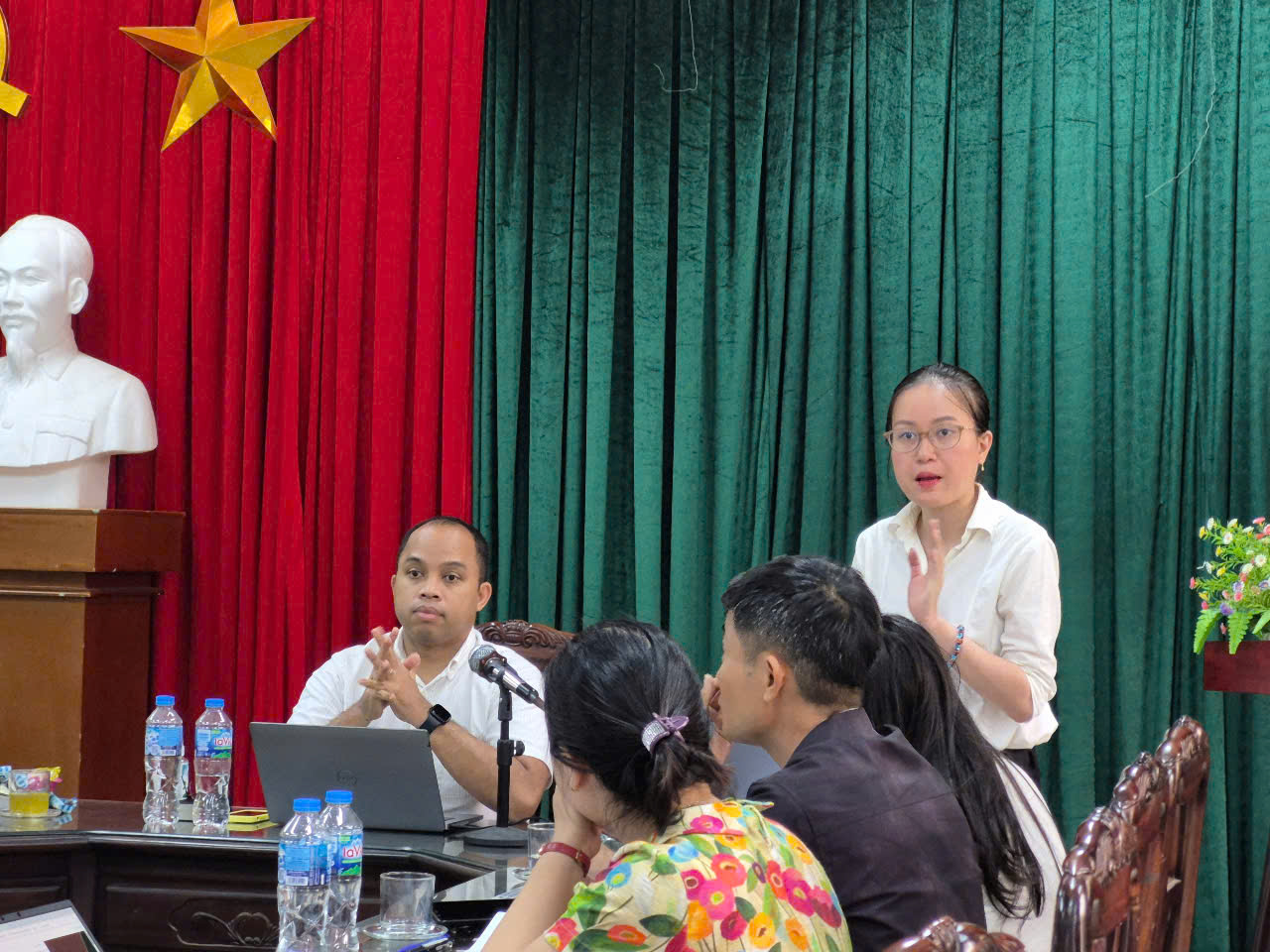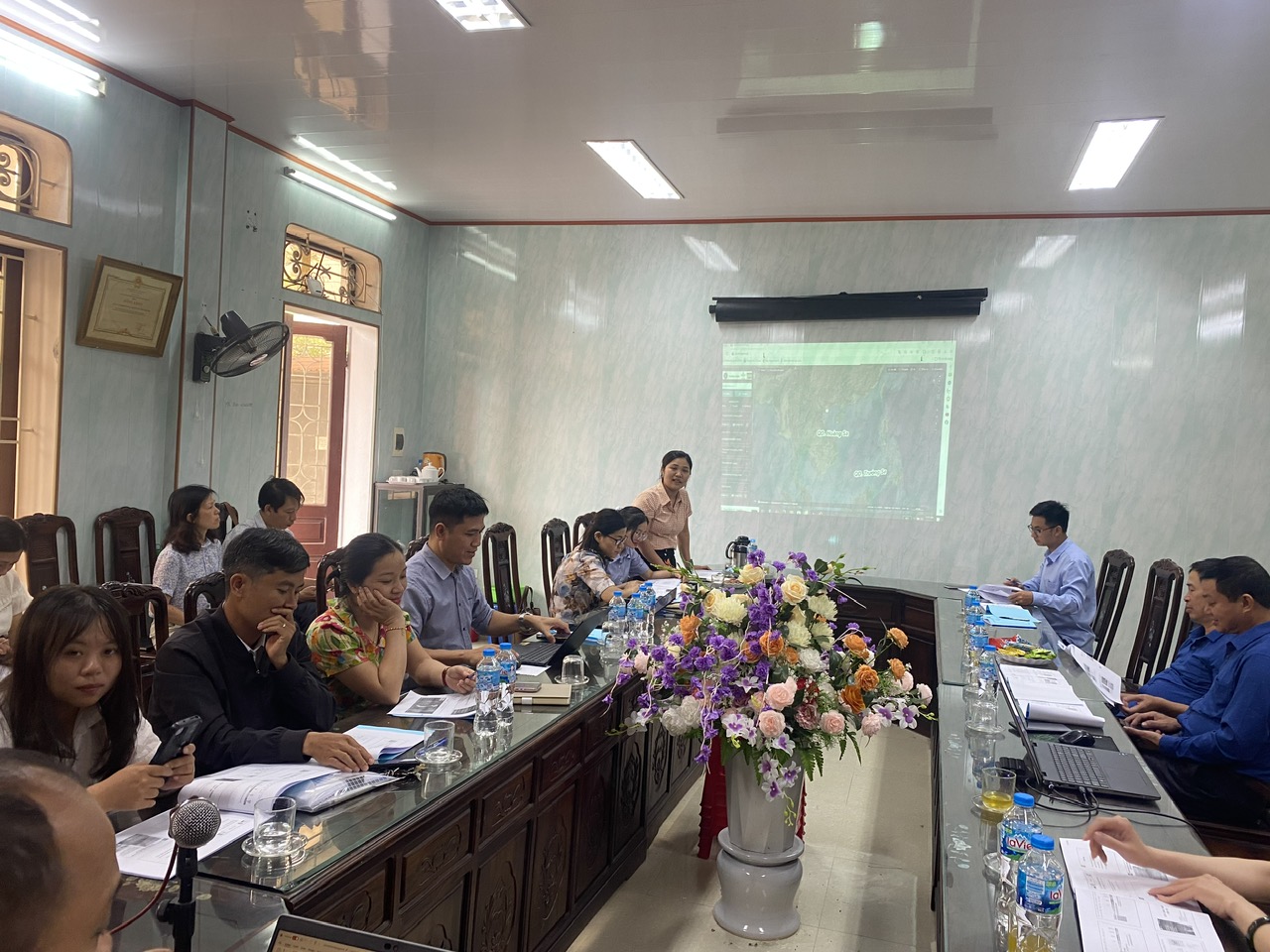Cultivating Healthy Soil for High-Quality Rice: A Modern Farmer's Guide

Understanding soil nutrients and crop nutrition is vital for sustainable nutrient management and the health of irrigated rice systems, as highlighted by Dr. Tovohery Rakotoson, a dedicated soil scientist. To empower farmers and extension workers with practical skills, a hands-on training session took place in Nam Dinh Province, Vietnam, focusing on the essentials of soil fertility and the art of effective fertilizer use as part of the Fertilize Right Project.
The training emphasized the role of essential nutrients in plant growth and the importance of soil properties such as structure and texture, pH, cation exchange capacity (CEC) and organic matter in nutrient availability. Participants learned how to assess soil fertility through key indicators like cation exchange capacity (CEC) and total organic carbon (TOC), and were introduced to best practices in nutrient management and application, including the 4R principles—applying the right source, at the right rate, at the right time, and in the right place.
The training highlighted practical techniques such as timing fertilizer applications during critical rice growth stages, using both organic and inorganic nutrient sources, and integrating tools like soil testing, digital soil map and the Rice Crop Manager app. These approaches aim to enhance crop productivity while minimizing environmental impact.

Revitalizing soil with organic fertilizers
If chemical fertilizers are akin to "energy drinks" that promote rapid plant growth, then organic fertilizers are the "nutritional supplements" that ensure long-term soil health. Applying organic fertilizers not only nourishes plants but also enriches the soil—a crucial aspect sometimes overlooked in conventional farming practices.
Overall, participants were satisfied with the content and sequence of the training and were keen to learn more about nutrient management and to further discuss or implement use of organic fertilizer such as rice straw compost in their nutrient management schemes – a key practice for soil health management.
Practicing sustainable farming from the basics
In an era defined by climate change, rising input costs, and stricter food safety standards, farmers can no longer afford to rely on outdated methods. Understanding soil, knowing how to improve soil health, and applying fertilizers appropriately are no longer specialized skills reserved for agricultural technicians; they must become essential knowledge for every farmer.
With just two seemingly simple actions—proper soil sampling and the appropriate use of organic fertilizers—farmers can take a significant leap toward greener, smarter, and more efficient agricultural production.

Proper nutrient management involves carefully controlling the addition of nutrients to the soil through fertilizers. This ensures that crops receive sufficient nutrition for optimal growth and productivity without over-fertilization, which can lead to nutrient runoff, environmental pollution, or degraded soil fertility. To optimize nutrient management, it is essential to combine the use of both organic and inorganic fertilizers. Organic fertilizers play a crucial role in improving soil structure, enhancing water retention, and boosting microbial activity, all while supplying vital nutrients. These combined benefits contribute significantly to maintaining long-term soil health and fertility.
"In Vietnam, rice cultivation plays a vital role in economic development and food security," shared Dr. Rakotoson. "Therefore, sustainable nutrient management not only helps maintain high rice productivity but also reduces overreliance on inorganic fertilizers. Notably, Vietnam has committed to improving soil health through a national soil health program. Promoting balanced fertilizer use and the integrated use of organic fertilizers are key elements of this strategy to ensure that soils can continue to provide vital ecosystem services for generations to come."
"To grow high-quality rice, the soil must be healthy – and to keep the soil healthy, it must be nurtured using both knowledge and the heart of the farmer." From knowledge to practice – from technology to every rice field – this represents a meaningful step on the journey toward smart, sustainable, and low-emission rice cultivation.
The Fertilize Right (FerRight) Project is a collaborative initiative between the United States Department of Agriculture (USDA), the Ministry of Agriculture and Rural Development (MARD) of Vietnam, and the International Rice Research Institute (IRRI). Its core objective is to improve fertilizer use efficiency and sustainability in Vietnamese rice cultivation. This project focuses on the "4Rs" of nutrient management: the right source, rate, time, and place. By adhering to these principles, the project aims to enhance fertilizer use efficiency, boost farmer incomes, and reduce greenhouse gas emissions. The project is currently being implemented in six provinces across Vietnam, including three in the Red River Delta and three in the Mekong Delta.